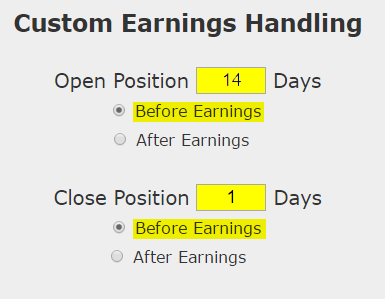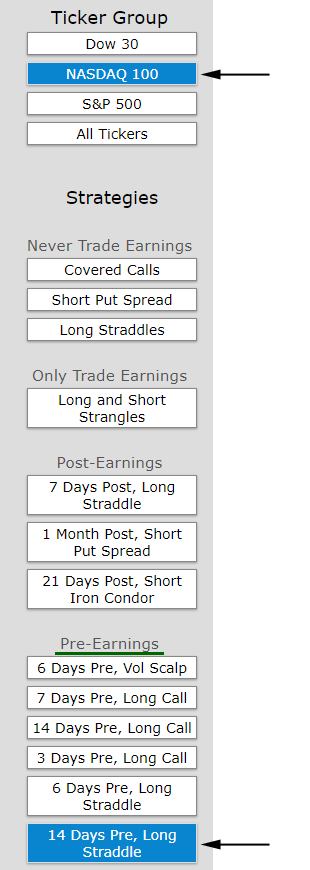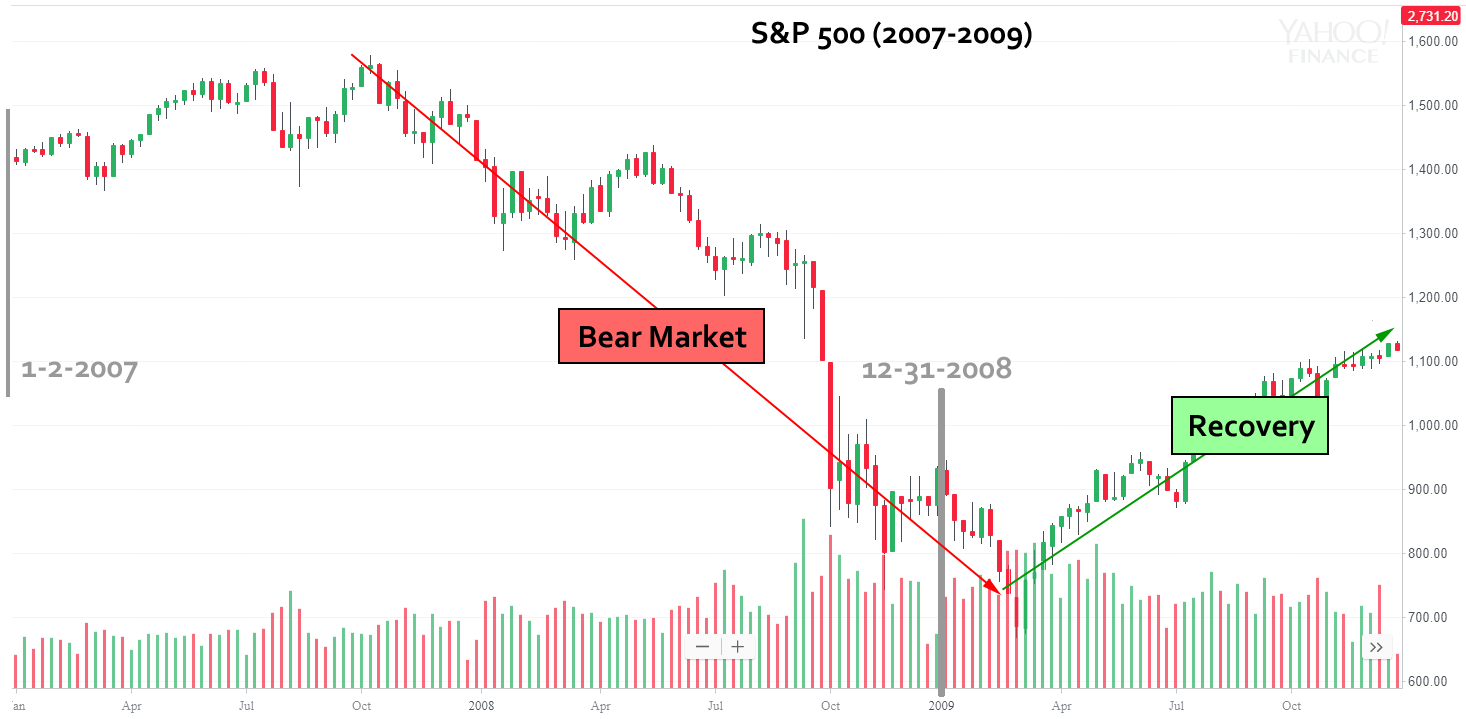Volatility is Good: Option Trading Before Earnings in Ctrip.com

Volatility is Good: Option Trading Before Earnings in Ctrip.com
Date Published: 2018-04-16Disclaimer
The results here are provided for general informational purposes, as a convenience to the readers. The materials are not a substitute for obtaining professional advice from a qualified person, firm or corporation.
Preface
In any market, at any time, a strategy that has won much more of ten than it has lost that also combines a high average win percent return compared to the losing trade percent return, is an ideal. We have that with Ctrip.com International, Ltd. (NASDAQ:CTRP).
This is what we're after:
Average percent return per winning trade:38.7% over 13-days.
Average percent return per losing trade: -5.7% over 13-days.
This is a non-directional option position, so large stock swings in any direction are just fine -- and reduced risk exposure (historically) can be a perfect compliment to other more directional based pre-earnings trades. Look fr that data below, as we dive in deep.
The next earnings date for CTRP is not yet confirmed, but an estimate has it on 5-9-2018 after the market closes. Now, let's look at this historical trade that has had wonderful returns, a wonderful win rate, and perhaps most importantly, has had a wonderful winning percent trade return compared to losing percent trade return.
The Trade Before Earnings: When it Works
What a trader wants to do is to see the results of buying an at the money straddle two-weeks before earnings using the options that are closest to 21 days for expiration, and then sell that straddle just before earnings.
If the stock is volatile during this period, this generally is a winning strategy, if it does not move, this strategy will likely not be profitable and the complete back-test below discusses that possibility.
Here is the setup:

We are testing opening the position 14 calendar days before earnings and then closing the position 1 day before earnings. This is not making any earnings bet. This is not making any stock direction bet.
Once we apply that simple rule to our back-test, we run it on an at-the-money straddle:
RISK MANAGEMENT
We can add another layer of risk management to the back-test by instituting and 40% stop loss and a 40% limit gain. If the stock doesn't move a lot during this period and the options begin to decay in value, a stop loss can prevent a total loss.
On the flip side, if the stock does move in one direction or another enough, the trade can be closed early for a profit. Here are those settings:

In English, at the close of each trading day we check to see if the total position is either up or down 40% relative to the open price. If it was, the trade was closed.
Returns
If we did this long at-the-money straddle in Ctrip.com International, Ltd. (NASDAQ:CTRP) over the last three-years but only held it before earnings we get these results:
| CTRP Long At-the-Money Straddle |
|||
| % Wins: | 75.00% | ||
| Wins: 6 | Losses: 2 | ||
| % Return: | 150% | ||
Tap Here to See the Back-test
The mechanics of the TradeMachine™ are that it uses end of day prices for every back-test entry and exit (every trigger).
Track this trade idea. Get alerted for ticker `CTRP` 14 days before earnings
Where it Gets Interesting: Setting Expectations
While this strategy has an overall return of 150%, the trade details keep us in bounds with expectations:
➡ The average percent return per winning trade was 38.7% over 13-days.
➡ The average percent return per losing trade was -5.7% over 13-days.
It's exactly that win:loss return that we are after. This is a non-directional option position, so large stock swings in any direction are just fine -- and reduced risk exposure (historically) can be a perfect compliment to other more directional based pre-earnings trades.
Option Trading in the Last Year
We can also look at the last year of earnings releases and examine the results:
| CTRP Long At-the-Money Straddle |
|||
| % Wins: | 100.00% | ||
| Wins: 3 | Losses: 1 | ||
| % Return: | 149% | ||
Tap Here to See the Back-test
In the latest year this pre-earnings option trade has 3 wins and lost 1 time and returned 149%.
➡ Over just the last year, the average percent return per trade was 44.9% for each 13-day trade.
➡ The average percent return per winning trade was 60.7% over 13-days.
➡ The percent return for the losing trade was -2.3% over 13-days.
Discovery
Finding this unique back-test was a matter of 3 mouse clicks. We went to the Trade machine Pro® scanner, selected the NASDAQ 100 as the study group, and then the "14-days pre-earnings long straddle."

CTRP has the largest average return over the last year in the entire NASDAQ 100.
Tested Across Bull and Bear Markets
While many times we can identify strategies that work during a bull or a bear market, this strategy, when we tested it empirically, worked during both. Here are the specifics:
Using the Nasdaq 100 and the Dow 30 as our study group, here are the average total returns by stock for the bull market from 2012-2018 (January) and 2007-2009, which includes the bear market, and the wild 2009 -- where the S&P 500 bottomed in March and then ripped higher -- in other words, a highly volatile time in the market. These results are for the 4-day (not 14-day) long straddle), but the logic holds for this 14-day test, as well.
As a quick reminder, here is the 2007-2009 period for the S&P 500:

| Time Period | Return by Stock |
| 2012-2018 (January) | +40% |
| 2007-2009 | +21% |
WHAT HAPPENED
We don't always have to look at bullish back-tests in a bull market -- sometimes a straight down the middle volatility pattern pops up. This is it -- this is how people profit from the option market -- finding trading opportunities that avoid earnings risk and work equally well during a bull or bear market.
To see how to do this for any stock we welcome you to watch this quick demonstration video:
Tap Here to See the Tools at Work
Thanks for reading.
Risk Disclosure
You should read the Characteristics and Risks of Standardized Options.
Past performance is not an indication of future results.
Trading futures and options involves the risk of loss. Please consider carefully whether futures or options are appropriate to your financial situation. Only risk capital should be used when trading futures or options. Investors could lose more than their initial investment.
Past results are not necessarily indicative of future results. The risk of loss in trading can be substantial, carefully consider the inherent risks of such an investment in light of your financial condition.
Please note that the executions and other statistics in this article are hypothetical, and do not reflect the impact, if any, of certain market factors such as liquidity and slippage.


